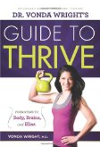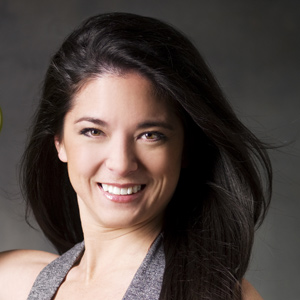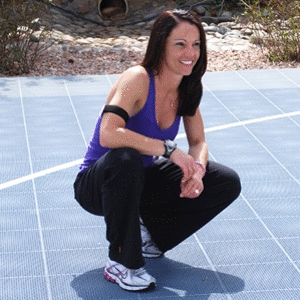Stork:
1. Engage your core and stand with your feet slightly apart.
2. Raise one leg off the ground while keeping your arms at your sides.
3. Maintain this position for 30 seconds while you go about your normal standing activity (e.g., brushing teeth, talking on the phone, between exercise sets, etc.)
4. Switch legs and hold for 30 additional seconds.
5. Perform several times per day.
Weighted Stork:
Once the standard stork is easy for you, increase the level of difficulty and therefore your balance skills by holding toning balls or kettle bells in your hands. Challenge your balance by doing the stork while swinging your arms like you are running or by standing on a folded bath towel or soft carpet. You can also do the stork or weighted stork standing on a bosu ball.
Balance Reach: quads, core, balance:
1. Engage your core and stand with your feet together and hands on your hips.
2. Imagine you are standing in the centre of a clock. Reach forward with your right toe toward 12:00, and slightly bend your left knee. Keep your hips level and your back straight.
3. Pause and return to a standing position. Repeat to 12:00 10 times.
4. Repeat balance reaches to 3:00 to the side and 6:00 to the back with the right leg.
5. Switch sides and repeat balance reach sequence with the left leg.
6. Increase the balance challenge by swinging your arms forward and back or by holding thrive toning balls in your arms while you swing.

More About this Book
Dr. Vonda Wright's Guide to Thrive: 4 Steps to Body, Brains, and Bliss
Balance is always a work in progress. Start slowly by simply trying to stand on one leg. When working to improve your balance, you should focus on standing up nice a tall, drawing in your abs and slightly lifting up the arch of your foot while keeping your entire foot in contact with the ground. From here, try to maintain this position for approximately 10-30 seconds. When you feel like you can hold your balance doing this, try progressing to standing on objects that are slightly more challenging. For example, try standing on the floor, then progressing to something like a balance beam or a pillow. It is important to maintain good alignment throughout each repetition so therefore you begin to teach your body the proper way to maintain control of your body and balance leg. Once you are comfortable standing upright on one leg, try to bend your knee while slightly sitting back. This will resemble a single leg squat and will help strengthen your butt, hips and thigh muscles that will also play a role in improving your overall balance. Try performing these types of exercises on each leg for approximately 6-10 repetitions.
Continue Learning about Types Of Exercise Programs
Important: This content reflects information from various individuals and organizations and may offer alternative or opposing points of view. It should not be used for medical advice, diagnosis or treatment. As always, you should consult with your healthcare provider about your specific health needs.






